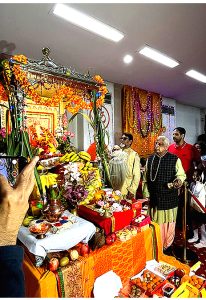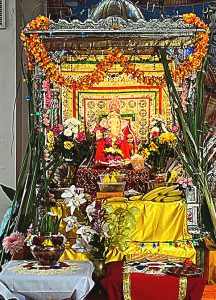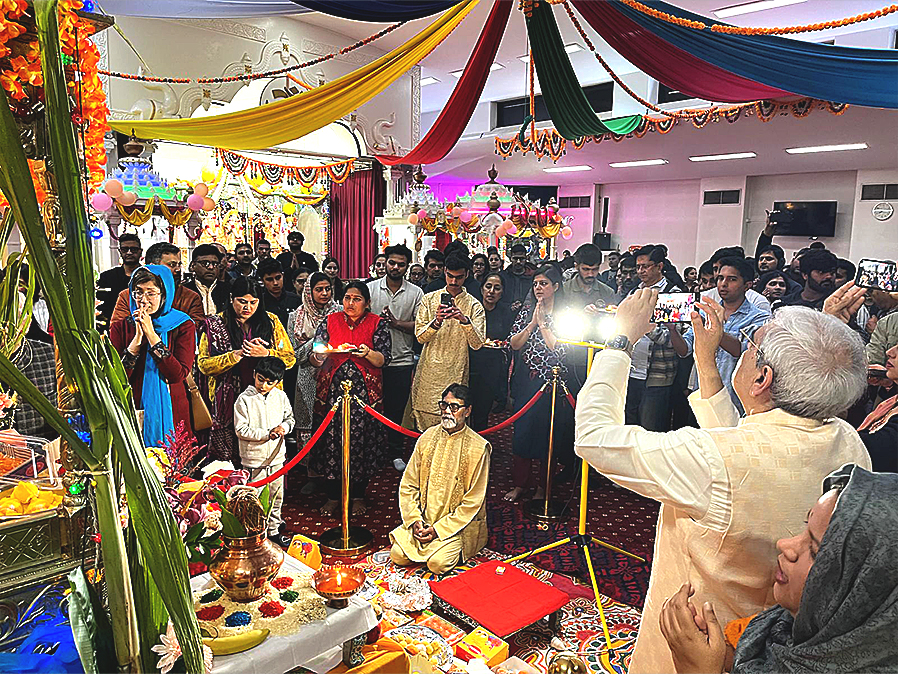

Mumbai, considered the heart of Ganesh Chaturthi celebrations in India, witnesses the immersion of approximately 200,000 clay idols of Lord Ganesha in the sea each year. The practice of immersion, known as visarjan, signifies the return of Lord Ganesha to his celestial abode after being worshipped for ten days. While in coastal cities, the immersion is carried out in rivers and seas, many devotees in other regions perform the ritual at home, using small water tanks or ponds. The ten-day celebration is filled with rituals, including the chanting of sacred mantras, devotional songs, and vibrant dancing, creating an atmosphere of joy and unity.
During the festival, offerings of modak and a variety of ladoos are made to Lord Ganesha, as these are considered his favourite sweets. Modak is closely associated with the deity and is symbolic of prosperity and good fortune. Lord Ganesha, revered as the remover of obstacles, is one of the most beloved gods in Hinduism. He is worshipped before the start of any new venture, whether it be a business, moving into a new home, or embarking on a new journey. Additionally, Ganesha is considered the god of wisdom and intellect, making his blessings highly sought after in various life pursuits.
Ganesh Chaturthi has a rich historical significance as well. In the modern era, the festival gained widespread popularity after Indian freedom fighter Bal Gangadhar Tilak promoted public celebrations to unite people against British rule. At the time, public gatherings were prohibited by the British government, but the celebration of Ganesh Chaturthi provided an opportunity for Indians to come together under the guise of religious observance. This allowed people to rally and foster a sense of unity and resistance against colonial oppression, making the festival not only a religious celebration but also a symbol of India’s struggle for independence.
In New Zealand, the Ganesh Chaturthi festival is celebrated with equal enthusiasm. Devotees gather at various Hindu temples, as well as in their homes, to install clay idols of Lord Ganesha and mark the annual occasion. One of the key centres of celebration in New Zealand is the Bharatiya Mandir, the country’s oldest Hindu temple. As always, this temple becomes the focal point for devotees who come to offer their prayers and pay homage to Lord Ganesha, the god of prosperity and wisdom. The temple is filled with devotees offering traditional sweets, including ladoos and modak, while hymns and prayers praising the deity fill the air.
The festivities in New Zealand, like in India, conclude with the immersion of the Ganesha idols. Since New Zealand lacks large bodies of water in many areas, the idols are immersed in large tubs or containers filled with water. As the idols dissolve, devotees chant holy mantras and sing praises to Lord Ganesha, marking the end of the festival. The spirit of Ganesh Chaturthi in New Zealand reflects the festival’s global importance and its ability to bring communities together in devotion, joy, and unity.
-— Yugal Parashar



